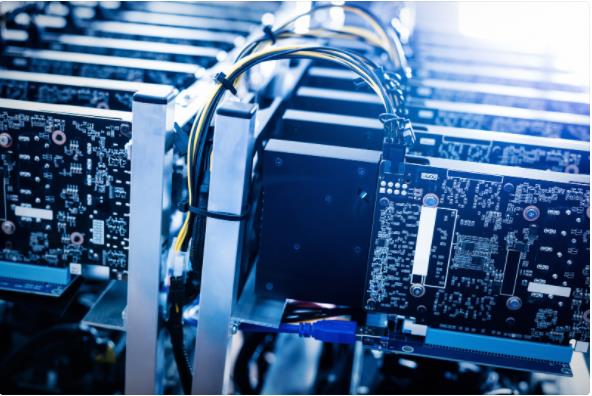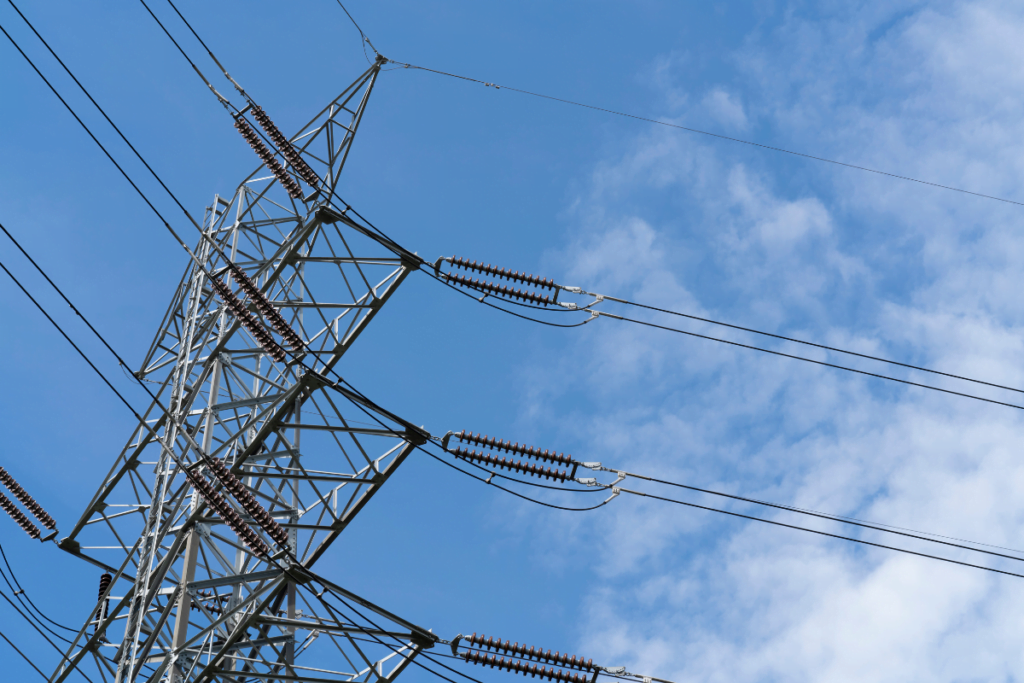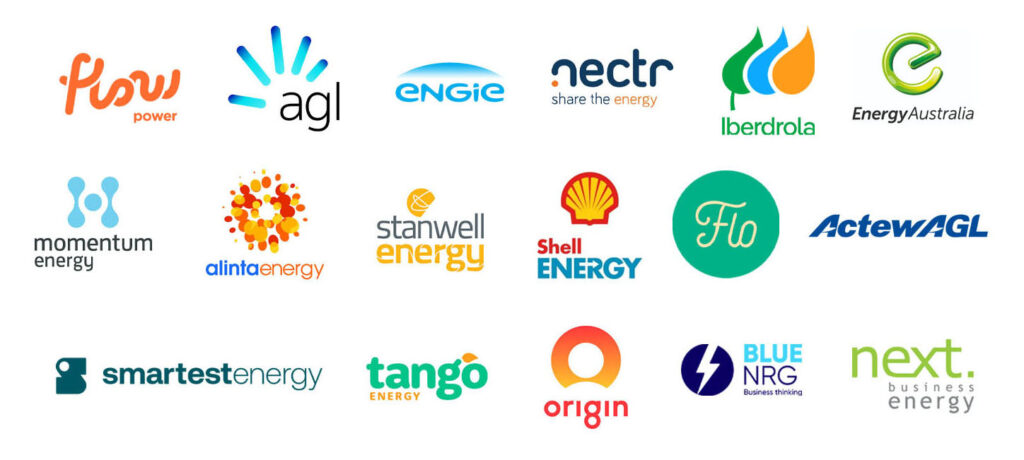Recent historic six-year lows in wholesale electricity prices have suddenly made Bitcoin mining in Australia a very real possibility, especially if mining labs are hooked up directly to renewable energy farms or by participating in a Demand Response program.
Mining for cryptocurrency is one of the most energy-intensive activities in the world. But with astute management, this blockchain technology can also become an opportunity for demand response and load balancing, and for energy users to take advantage of “solar sponge”-type electricity tariffs to capitalise on excess generation from renewables.
The cryptocurrency mining process involves purpose-built supercomputers crunching data to find hexadecimal numbers to verify blockchain transactions. The process was designed by Satoshi Nakamoto to be anti-efficient, ensuring that no one double-dips into the ledger. Consequently, crypto mining demands a phenomenal amount of electricity.
But there are opportunities for cryptocurrency miners to significantly reduce the cost of electricity required to power their mining rigs and potentially boost their profitability significantly. And these will not necessarily require building an adjacent solar farm, wind farm, hydroelectricity, or geothermal plant alongside their Bitcoin, Ethereum, or other cryptocurrency mining operation.
Texas lab shows how Bitcoin mining in Australia could involve direct transmission from renewable energy farms
A perfect example of this has been recorded in Texas with crypto-mining firm, Layer1. The company manages its demand and sells its negawatts back into the grid at a profit when supply is low.
To explain, negawatts is the term for electricity that a company would normally use but is sold back into the grid after the company scales back its consumption.
Put simply, companies are paid to not use electricity at a given time of high demand.

On one hot afternoon with no wind, spot electricity prices sky-rocketed. Given that Layer1’s bitcoin mining operations can be powered down with minimal interruption to their broader operations, they volunteered to shut down their mining computers and sold their contracted energy supply back into the grid for a staggering 700% profit.
At night, when prices dropped to zero or into negative territory due to an abundance of wind generation, the crypto mining firm throttled its operations back up again and pushed the circuit boards as much as they could handle to make the most of cheap and abundant power.
The strategy Layer1 uses is universally referred to as demand response, which the Australian Energy Market Operator has long pushed as an alternative to baseload power generation. Today, most energy retailers who operate in the Commercial & Industrial electricity market in the NEM (large market) have a Demand Response product.
Batteries, smart meters, and artificial intelligence software are helping companies and households respond to market price signals in real time and accelerate the transition to renewable energy.
The development of blockchain technology to allow real-time trading of self-generated energy is also gathering at a fast pace.
There are still barriers that restrict how and when we consume our energy, but technology is now available to solve many of these restrictions. Such technology is now driving Australia’s largest energy retailers to rethink their current and historically successful gentailer business model.
In 2020, mining Bitcoin in Australia was more expensive than buying it
Just last year, the idea of mining Bitcoin in Australia would have been dismissed out of hand.
With some of the highest energy prices in the world in 2019, the cost of powering the equipment needed to mine Bitcoin would have made it a loss-making venture. In October 2020, it cost an average of AUD9,000 to make a Bitcoin and it was just cheaper to buy it.

But with wholesale electricity prices at a six-year low, dropping from an average of $90 per MWh to the mid $30s, and the massive surge in value to $80,000 per Bitcoin, the landscape business case for mining Bitcoin in Australia has improved markedly.
The US experience has shown that the most efficient places for crypto mining sites are those that are directly connected to wind or solar farms. This is because network, environmental, market and other charges can be avoided. However, this is not a realistic or feasible solution for many smaller crypto-mining operations.
A more accessible and scalable solution could be as simple as managing the timing and intensity at which you mine, combined with making your crypto-mining data centre available for Demand Response events during peak demand periods.
Are you looking for help powering your cryptocurrency mining operation?
It’s possible to power your mining rig more efficiently so you can minimise the cost of electricity. If you wish to do so, here are some things you’ll need to take note of.
- Usage Analysis: Current and expected electricity demand of your operation. Analysis based on Time of Day and Time of Year
- Location specification: Location of your rigs in terms of state, network and distance from generation.
- Electricity Procurement: Selection of appropriate electricity suppliers who can provide a suitable contract structure as well as low rates.
- Demand Response Procurement: Identification and negotiation of a Demand Response product.
- Technology: To monitor and control the electricity usage of your cryptocurrency mining site.
Leading Edge Energy can assist you with all of these. As an energy management consultant and broker, we have a specialised, holistic process that ensures we leave no stone unturned in helping clients from a variety of industries, including cryptocurrency mining operations, achieve their energy efficiency goals.
Want to get started? Fill out our form or contact our Energy Experts at 1300-852-770 or hello@leadingedgeenergy.com.au to get the ball rolling.
We source, analyse, compare and rank commercial, industrial and multisite energy quotes. Obligation Free.
Chat with one of our experienced consultants today and get the insights your business needs to help manage the risks associated with volatile electricity and natural gas markets. Our energy procurement service is obligation-free and provides a time-saving way of securing lower energy rates from our panel of energy retailers.














